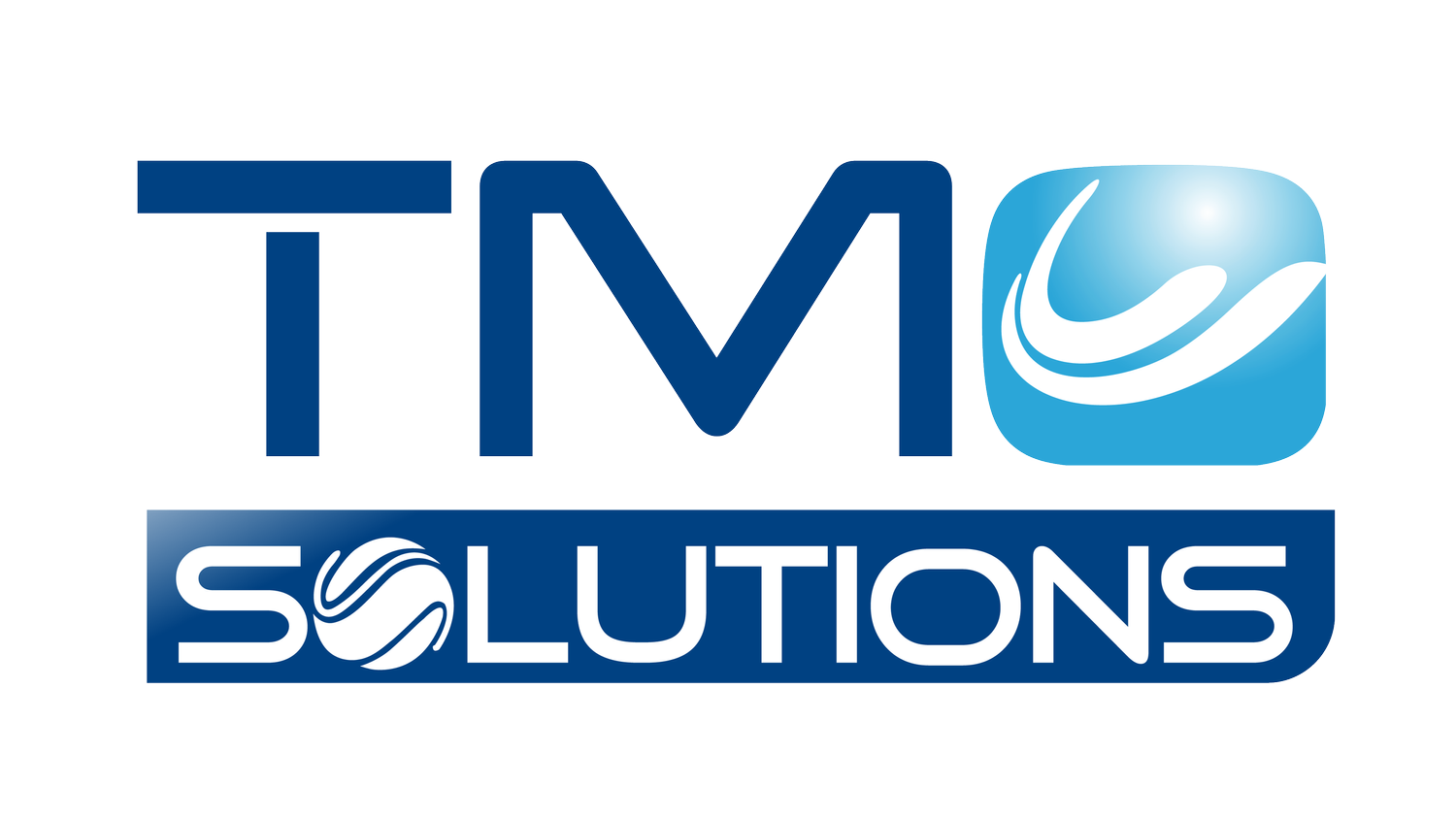Why Accelerated Life Testing Matters in Development
The Critical Role of Accelerated Life Testing in Product Development
In today’s fast-paced industrial landscape, companies must ensure their products are durable, reliable, and capable of withstanding real-world conditions before they reach the market. This is where Accelerated Life Testing (ALT) plays a vital role. By simulating years of wear and tear in a matter of weeks or months, ALT helps manufacturers predict product lifespan, identify weaknesses, and enhance design quality—ultimately reducing failure rates and warranty costs.
In this article, we will explore the importance of ALT, key methodologies, real-world applications, and how investing in advanced testing equipment can save businesses millions in potential recalls and failures.
What is Accelerated Life Testing (ALT)?
Accelerated Life Testing is a testing methodology used to determine a product’s lifespan and reliability under controlled but intensified conditions. Instead of waiting for failures to occur under normal use, ALT exposes products to stress factors such as extreme temperatures, vibrations, humidity, or cyclic loads—speeding up the aging process.
ALT is essential for industries where product failure is not an option, such as aerospace, automotive, medical devices, and electronics.
Why ALT Matters?
✔ Predicts Product Lifespan – Helps manufacturers estimate how long a product will last under normal usage.
✔ Reduces Warranty Costs – Identifies weaknesses early to prevent expensive recalls and warranty claims.
✔ Speeds Up Product Development – Enables faster iterations and market readiness.
✔ Ensures Compliance – Meets stringent industry standards such as MIL-STD-810, IEC 60068, and ASTM D4169.
Key ALT Methods and Applications
Different products require different types of ALT, depending on their use case and industry requirements.
1. Highly Accelerated Life Testing (HALT)
🔹 Purpose: Identifies design flaws early.
🔹 How It Works: Uses thermal and vibration stress beyond operational limits.
🔹 Example: An electronics manufacturer uses HALT to detect weaknesses in circuit boards before mass production.
2. Highly Accelerated Stress Screening (HASS)
🔹 Purpose: Ensures product quality in production.
🔹 How It Works: Applies extreme thermal, humidity, and vibration stress to detect manufacturing defects.
🔹 Example: Medical device manufacturers use HASS to verify the robustness of pacemakers before shipping.
3. Environmental Stress Testing
🔹 Purpose: Simulates real-world environmental conditions.
🔹 How It Works: Subjects products to high/low temperatures, humidity, UV exposure, salt fog, etc.
🔹 Example: The automotive industry tests battery packs in electric vehicles to simulate extreme weather conditions.
4. Vibration and Shock Testing
🔹 Purpose: Ensures mechanical durability against shocks and vibrations.
🔹 How It Works: Uses vibration shakers, shock machines, and drop testers to mimic handling and transport conditions.
🔹 Example: Aerospace companies test satellite components to ensure they can withstand launch conditions.
Real-World Statistics on ALT Benefits
✅ NASA reports that implementing ALT has led to a 35% decrease in failure rates for aerospace components.
✅ A study by IEEE found that ALT can reduce product development costs by up to 25%.
✅ The automotive industry saves an estimated $10 million annually by identifying material fatigue through ALT before vehicle launches.
How TMC Solutions Helps You Implement ALT Efficiently
At TMC Solutions, we provide state-of-the-art reliability testing equipment that enables companies to perform ALT with precision.
🔹 Vibration Test Systems – Simulate real-world transport and operational vibrations.
🔹 Shock Testing Machines – Test high-impact durability for aerospace, defense, and electronics.
🔹 Environmental Chambers – Control temperature, humidity, and UV exposure to predict material degradation.
🔹 Custom Testing Solutions – Tailored solutions to meet ISTA, MIL-STD, and IEC standards.
🔗 Learn more about our testing solutions here
Conclusion: The Future of ALT in Product Development
As industries continue to evolve, Accelerated Life Testing is no longer optional—it’s a necessity. Investing in advanced shock testing and vibration simulation equipment ensures that products are built to last, compliant with international standards, and cost-effective in the long run.
Want to enhance your product reliability strategy? Contact TMC Solutions today!
📞 Let’s discuss your testing needs and find the perfect solution for your industry!

